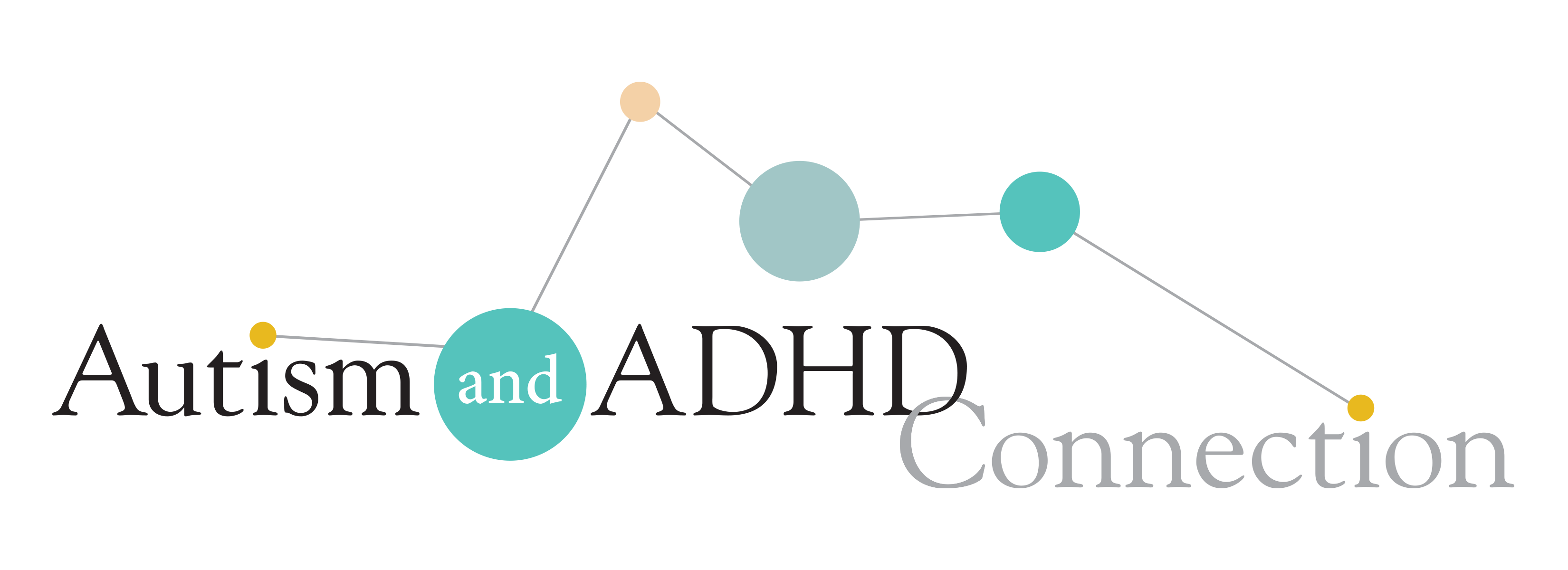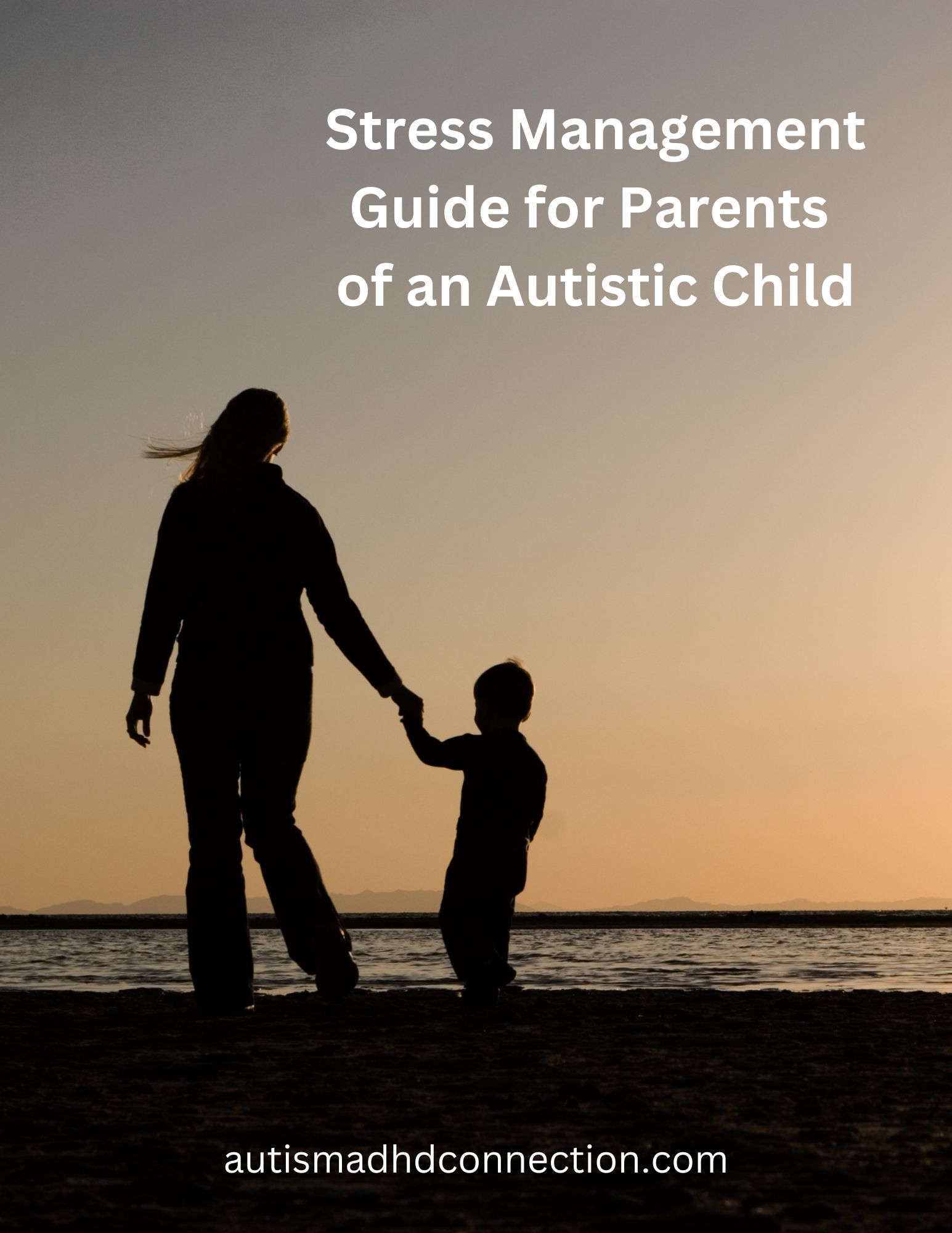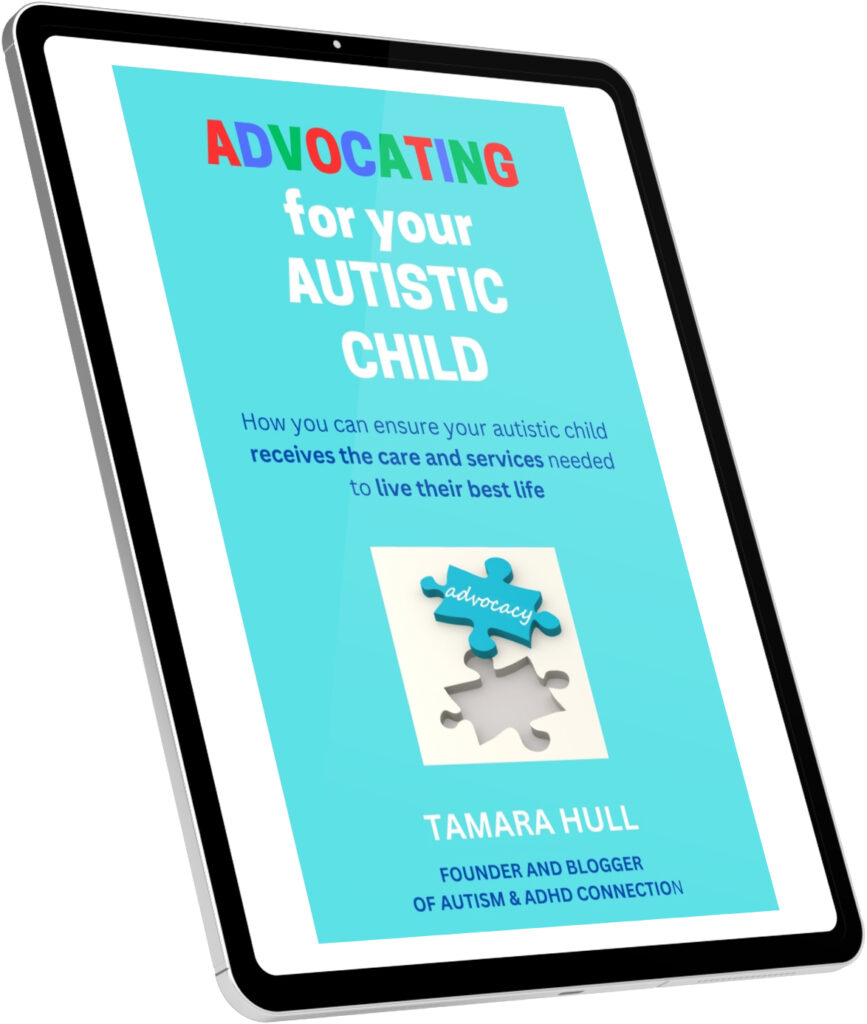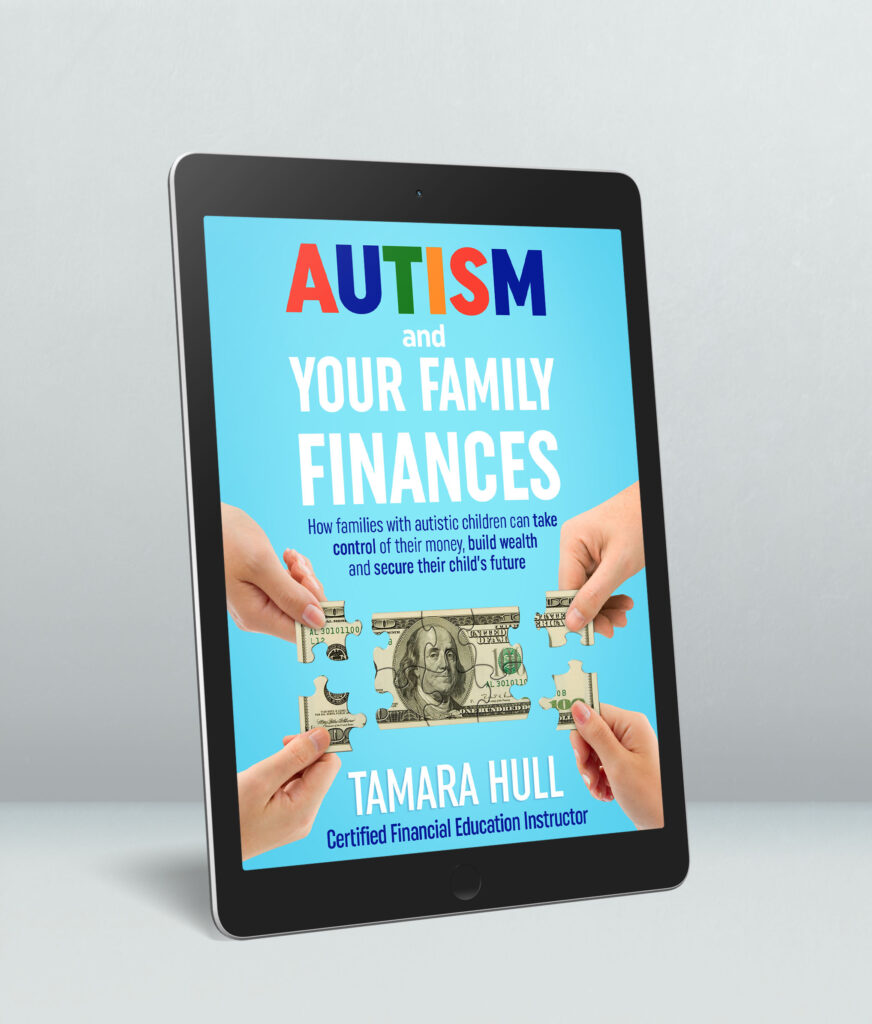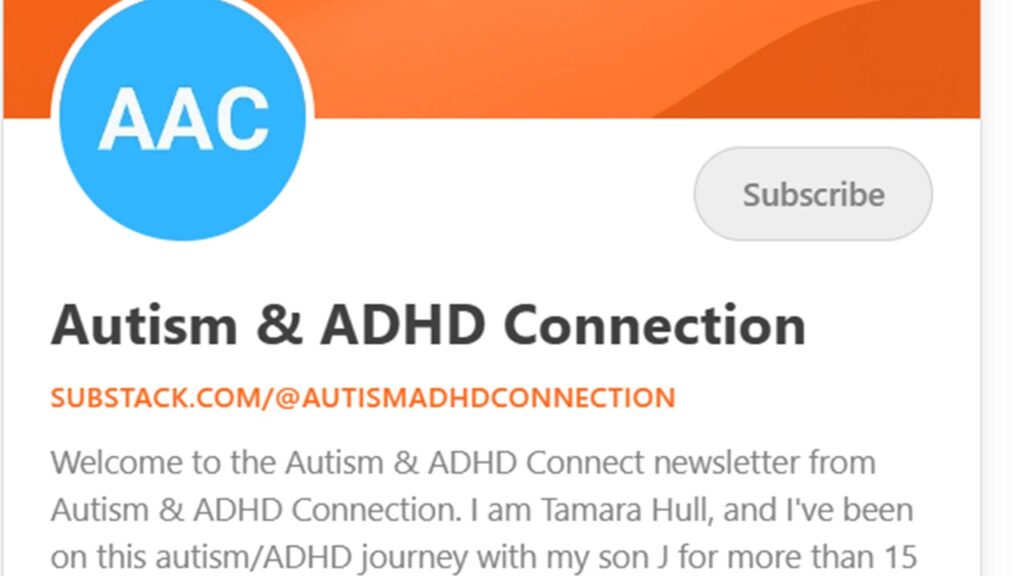One of the greatest gifts of neurodiversity is a person’s way of thinking and ability to offer new and different ideas. While I’ve sometimes have been frustrated that I don’t quite understand the thought processes of my autistic/ADHD son, much of the time I’ve appreciated his way of thinking. He makes me think differently about a situation, and that has led to better decisions at times. As a parent, I think it’s important that you look at the positive aspects of your autistic child’s thinking and the ideas they have.
What makes autistic brains different?
Researchers have been studying autistic people’s brains for decades to try to understand the differences and why their brains are “wired” differently than those of neurotypical people. They have evaluated the size and make-up of the brain compared to those of people who are not autistic.
In October 2024, a study was published in Molecular Psychiatry by a group of scientists who used position emission typography (PET) scans to look at the brains of autistic individuals. What they found was a key difference in their brains. They had fewer synapses in their brain compared to neurotypical people’s brains.
Brittanica defines synapse as “the site of transmission of electric nerve impulses between two nerve cells (neurons) or between a neuron and a gland or muscle cell (effector). A synaptic connection between a neuron and a muscle cell is called a neuromuscular junction.” What this study found was that autistic brains have fewer of these junctions, and that could be linked to the communication and social challenges that autistic people have.
Scientists have been doing research for decades to determine the cause behind autism. While they have not found the specific cause, what they have determined is that it is due to the development of the brain and is not a disease. Repeated studies have shown that there is no connection between vaccines and autism. They have found consistently that genetics play a key role in autism.
Better understanding of how your autistic child thinks

While every autistic person is unique, there are some consistencies in thought processes among those with autism.
1. Many autistic people think visually.
Temple Grandin, Ph.D. described that she and many other autistics tend to think in pictures instead of words. Their brains seem to process their thinking better this way. I see this with my son J. He has always learned better if he can see something rather than listen or read it.
2. Logical thinking provides systematic and rules-based decision-making for many autistic people.
Many of our autistic children and teens use logical thinking by focusing on rules or systems to make decisions. Sometimes, it may seem illogical to us as parents because their perspectives or assumptions may be different than ours.
Some who are logical thinkers also tend to be more verbal, have a large vocabulary, and can remember a wide variety of facts (especially if they pertain to their focused interests). This is definitely my son J.
3. Pattern and associative thinking are also common among autistics.
One of the things that can make autistics good at music, doing math or even playing chess is that they can think in patterns. They tend to see relationships, associations, details, and connections in their thinking. It can be similar to visual thinkers as they see images as their thoughts and notice patterns that many others do not.
Similar to this is associative thinking in which one thought leads to another in association with it, even if they may not seem relevant. Many people on the spectrum think in these terms.
Positive aspects of your autistic/ADHD child’s thinking and ideas

While there are other ways that autistics offer an explanation in how your autistic child thinks, these are the most common. Better understanding your child’s way of thinking can help in relating to them more and being open to their thought processes even though they may be different than your own.
It also offers insights into and appreciation for many positive aspects of your autistic/ADHD child’s thinking and ideas. Those can include:
- Creativity of their solutions and ideas
- Fresh perspective of a topic
- Deep bank of memories
- Unique insights
- Attention to details
- Logical and systemic decision-making
- Innovation
- Photographic memories
- Strong use of imagination
- Affinity for words if verbal thinker
- Musical aptitude
- Bottom-up thinking (concepts build from the details instead of the other way around)
- Pattern recognition
There are many other positives to the way autistic people think. These are just a few. What are other positive aspects that you note in your autistic/ADHD child’s thinking and ideas? Leave a comment below so that we can share and encourage each other on this journey!
